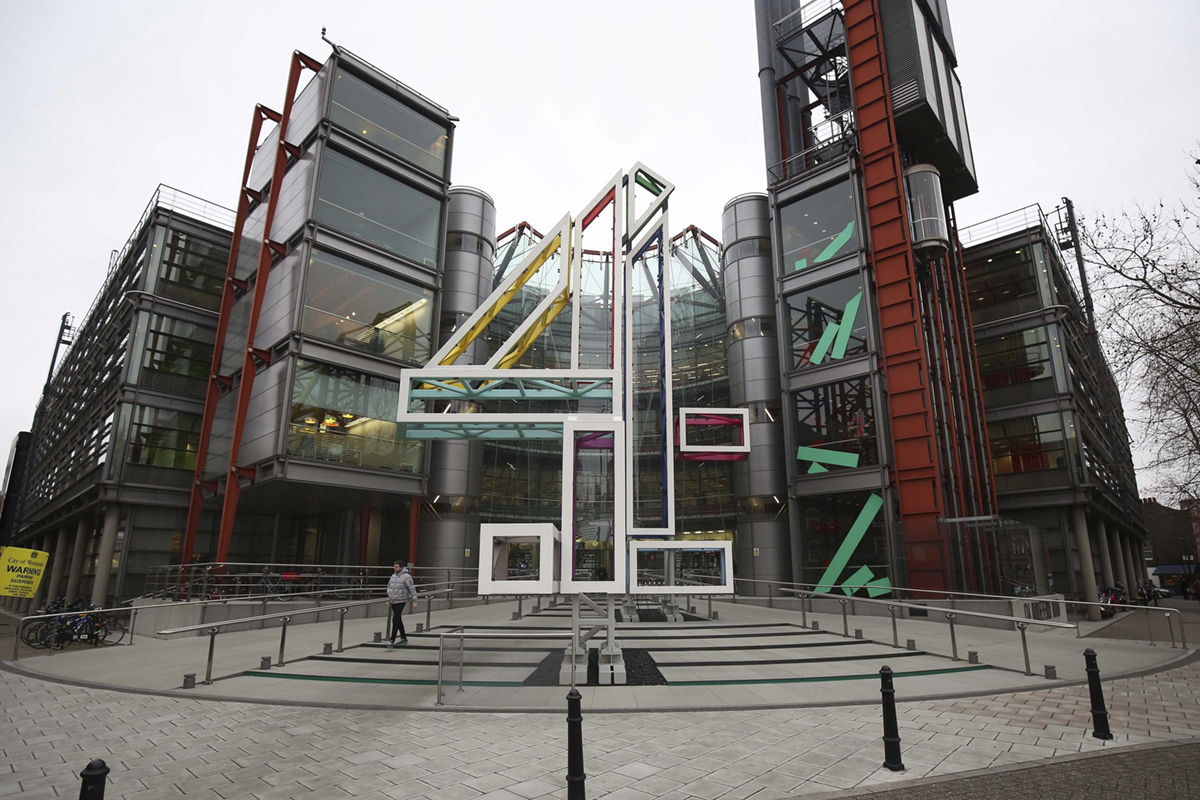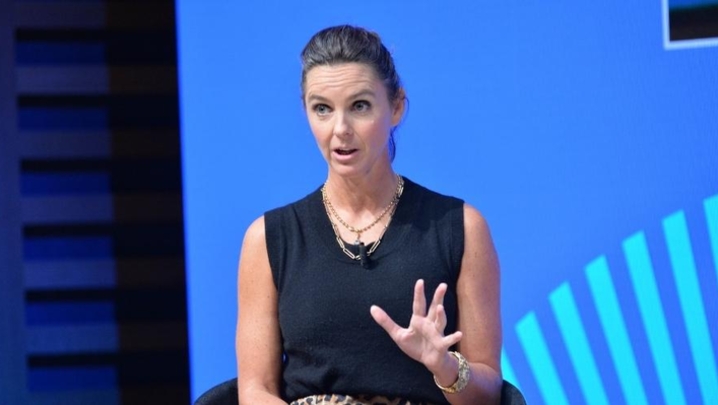Claire Enders weighs the arguments for selling off Channel 4, which turns 40 this September.
In a string of tweets, the Secretary of State for Digital, Culture, Media and Sport, Nadine Dorries, announced on 4 April 2022 the privatisation of Channel 4. This policy will be part of a media bill to be announced in next month’s Queen’s Speech. When that bill reaches the top of the agenda, it will eventually kick off a legislative process via the House of Commons and the House of Lords designed to end the creation of Margaret Thatcher’s Government 40 years ago this November.
Channel 4 doesn’t cost the taxpayer a penny: it is self-funding, with 90% of its income coming from advertising. The broadcaster’s primary features that could be scrubbed by the Government’s media bill or via the legislative process, include: the remit to serve young and diverse audiences; occupying a niche relative to mass-market ITV; its status as a 100% commissioner of content; and being a not-for-profit company.
Due to the last of these, Channel 4 reinvests its revenues – around £1bn in 2021 – net of irreducible in-house costs, into the UK’s creative economy, firmly planted in the private sector.
In addition, its Ofcom licence ends in 2024, and the channel’s sale would require a new licence of sufficient term to justify a purchase. The plan appears to be to provide a licence to 2034, so the buyer would own a business that ends in a decade.
Dorries, however, indicated in her tweets that Channel 4’s status as a public service broadcaster would continue. This implies a continued obligation to provide news and current affairs, and continued platform prominence on the EPG.
Finally, due to Ofcom’s terms of trade, Channel 4 owns no intellectual property, which is vested in the independent production companies from which it commissions; the terms of trade apply equally to other broadcasters, with minimum quotas for the independent production sector applying to each under their Ofcom licences.
This brief summary of the principal features of Channel 4’s current shape serves to underline the many uncertainties – apart from the brand – over what will actually be up for sale when the Government sets out its stall for potential bidders, possibly by early 2024. Any buyer would also need to establish forecasts for likely advertising revenues and costs over its tenure of the next Ofcom licence.
Right now, the economic environment is rapidly becoming recessive due to the cost-of-living crisis impacting households’ discretionary spending; going forwards, this will certainly impair the scale of TV advertising.
Much speculation has centred on the possible future owner of Channel 4. Might a buyer come from within the broadcasting sector? Fellow advertising-supported broadcaster ITV is a front runner. Were ITV to buy Channel 4, the new entity would account for the sale of about 70% of TV ads. As a result, it would, at the behest of advertisers, likely attract scrutiny from the Competition and Markets Authority.

They won’t want to pay more for TV ads because of a merger. This consideration is absent in a tie-up between Channel 4 and a smaller broadcaster, such as Channel 5 or Discovery, but applies to pay-TV giant Sky. In addition to combining TV ad sales houses, trade buyers would also be able to extract synergies from their catalogues and content licensing deals, their digital delivery technologies, and consolidated back-office functions.
Interest in buying Channel 4 could extend to non-trade buyers, such as an investment vehicle. It’s obvious that a non-trade buyer would not be able to offer synergies to Channel 4, which would impact on its investment case, an important consideration for the Government in relation to a buyer from within the sector.
Netflix and Amazon are also outside the broadcasting sector but would appear to be ruled out by Dorries’ assertion that the sale of Channel 4 would allow it to be better able to compete with these SVoD companies – even though we do not see them as occupying the same market space. In any event, SVoD companies appear less likely as buyers, having perennial direct-to-consumer businesses delivering content over the internet that do not rely on time-bound Ofcom licences.
However, these companies display a strong interest in owning and operating intellectual property – which Channel 4 cannot offer. Amazon recently finalised the purchase of film and TV studio MGM following regulatory clearance in the EU and US.
There are prominent voices – among them Sir David Attenborough and Armando Iannucci – that oppose the sale of Channel 4 on the grounds that a private buyer would never commission the innovative content the company has successfully brought to UK TV audiences. This is the unique value that they wish to protect. Those voices deserve to be heard.
From a commercial perspective, Enders Analysis is confident a buyer will be found for Channel 4. We estimate the price the Government could command for it sits between £600m and £1.5bn, with the figure of £1bn being batted about the media. Dorries intends to use the proceeds of the sale to “level up” the creative economy in the UK’s regions.
Levelling up is a job that Channel 4 has done exceptionally well over the close to 40 years of its existence. It has worked with independent production companies and nurtured many micro-enterprises all over the UK, including in Scotland, Wales and Northern Ireland and in many communities.
In a recent report by Ernst & Young, commissioned by Channel 4, the broadcaster was estimated to have contributed £992m to the UK economy in 2019, including £274m to the regional economy. Many MPs will find that businesses in their constituencies rely upon Channel 4’s current regional quotas and will defend their continuation.
So why sell it? Because HM Treasury will obtain a cheque from the sale to spend on its “red wall” projects, while Channel 4 will continue to serve TV audiences. But it is simple logic that a buyer from the private sector will expect to make a profit, sufficient to repay the interest and capital borrowed, instead of returning all revenues to the creative economy as Channel 4 has done to date.
With the same multipliers used by Ernst & Young, this drop of spend would result in a reduced flow through the economy of upwards of £120m per year, eroding the Treasury’s proceeds from the sale within five to 12 years of the channel’s sale.
Claire Enders is the founder of Enders Analysis.







